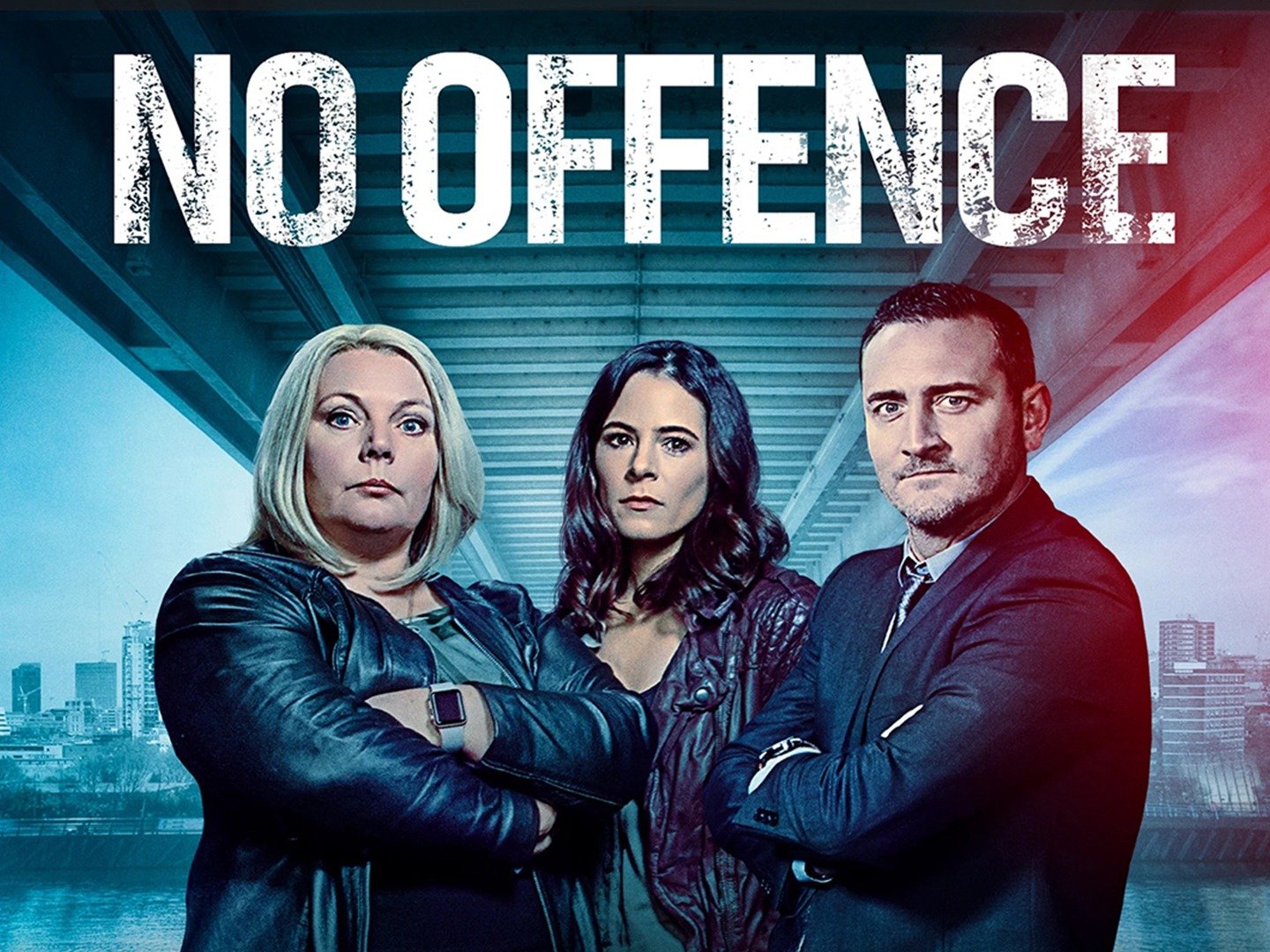Refer To:
Narrative (How it is structured)
Action – Place – Time
Exposition (Beginning) – Climax (Middle) – Denouement (End)
Peripeteia – The turning point in a drama after the plot moves steadily to its denouement. Anagnorisis – When you discover the true identity of the character, or true nature of the what they had planned. Catharsis – shows emotion of an audience through a character or characters.
Types of orders: Linear – In order of how they occur, how the story unfolds Chronological – Could include flashbacks as it doesn’t tell the story straight through from beginning to the end Sequential – When many moments connect to each other (location or time) forms a distinct narrative unit
Equilibrium – Everything is balanced Disruption – When the problem is happening New equilibrium – reaching a resolution
Vladimir Propp (Character Types and Function)
uses STOCK CHARACTERS to structure stories (e.g. hero, villain, helper, victim, false hero, princess, dispatcher)
Claude Levi-Strauss (Binary Oppositions)
Creates a dominant message (ideology) of a film. However, as mentioned previously, the way in which individual students / audience members decode specific texts, is also contingent on their own individual ideas, attitudes and beliefs
Roland Barthes (Proairetic and Hermeneutic Codes)
Proairetic code: action, movement, causation. Hermeneutic code: reflection, dialogue, character or thematic development. Enigma code: the way in which intrigue and ideas are raised – which encourage an audience to want more information.
Postmodernism
Pastiche – it imitates an artistic style of another person’s work. Parody– when a performance imitates and is used for a comic effect. Bricolage – ‘do it yourself’ the creation of work from a diverse range of things that happen to be available. ‘involves the rearrangement and juxtaposition of previously unconnected signs to produce new codes of meaning’. Intertextuality – it seeks the connections between media texts and social life. It suggests signs only have meaning in reference to other signs and that meaning is therefore a complex process of decoding/encoding with individuals both taking and creating meaning in the process of reading texts. In other words. Hyperreality – This happens when you can distinguish reality from a simulation of reality. For example, in the movie we can not tell which is the movie or the game that is happening. Simulation (sometimes termed by Baudrillard as ‘Simulacrum’) – it is where the model mimics the operation of an existing system that provides evidence to make decisions for process changes. The simulation of total mediation without meaning. Their are many layers of the game so we can many different copies that is perpetrated from the real world. Alienation – when you reject a person’s position of former attachment / becomes isolated from their environment or from other people. A form of separation or distance.
The process of fragmentation is a key element of POSTMODERN CULTURE. The notion of separating, splitting up and dividing previously homogeneous groups such as, friends, the family, the neighbourhood, the local community, the town, the county, the country and importantly, is often linked to the process of fragmented identity construction.
Surface and style over substance (Postmodernism)
‘in a postmodern world, surfaces and style become the most important defining features of the mass media and popular culture‘
the fragmentary, decentred nature of music videos that break up traditional understandings of time and space so that audiences are ‘no longer able to distinguish ‘fiction’ from ‘reality’, part of the postmodern condition’
There is no ‘real‘ – just a collection of fragments. We are free to construct ourselves.
There is not truth in history; memory cannot be relied upon as evidence for knowledge. People who claim to know the truth can’t be trusted.
Jean Baudrillard
The media makes everyone a consumer – audiences have a limited relationships with authentic meanings.
Authenticity is impossible to find or keep as the hyperreal world of modern media is so encompassing and so incessant, Baudrillard tells us the deluge of messages offered have limited significance. Cultural products in postmodernity construct throw-away messages, forgotten almost as instantly as they are consumed.
Media proliferation has resulted in an implosion of meaning through the simultaneous presentation of oppositional truths.
The postmodernism age is marked by the dominance of advertising as a media form. Baudrillard suggests that media blending has resulted in the construction of fictionalised reality.
As a result, contemporary media forms have blurred fact and fiction to the extent that, Baudrillard argues, audiences can no longer tell them apart.


